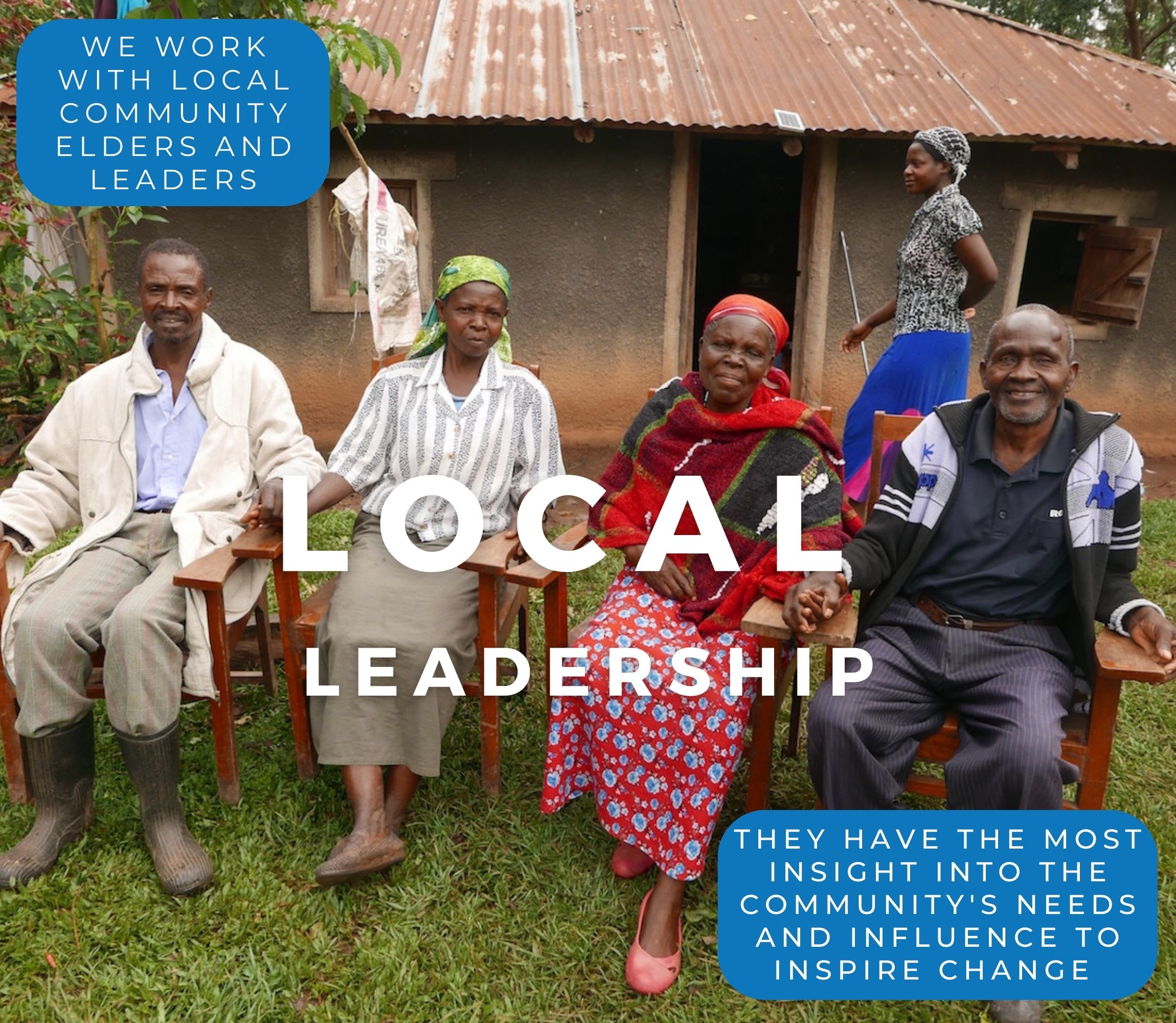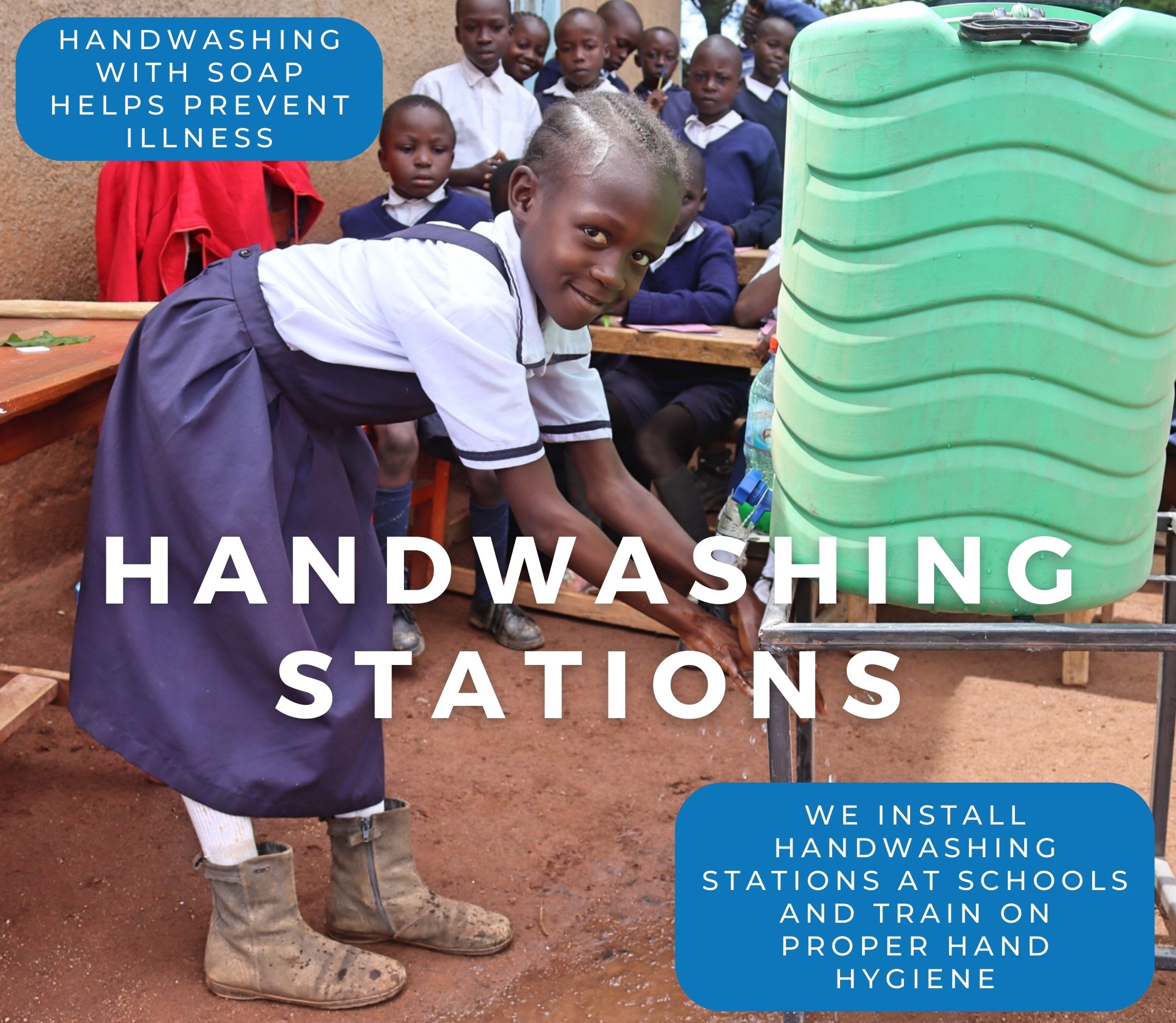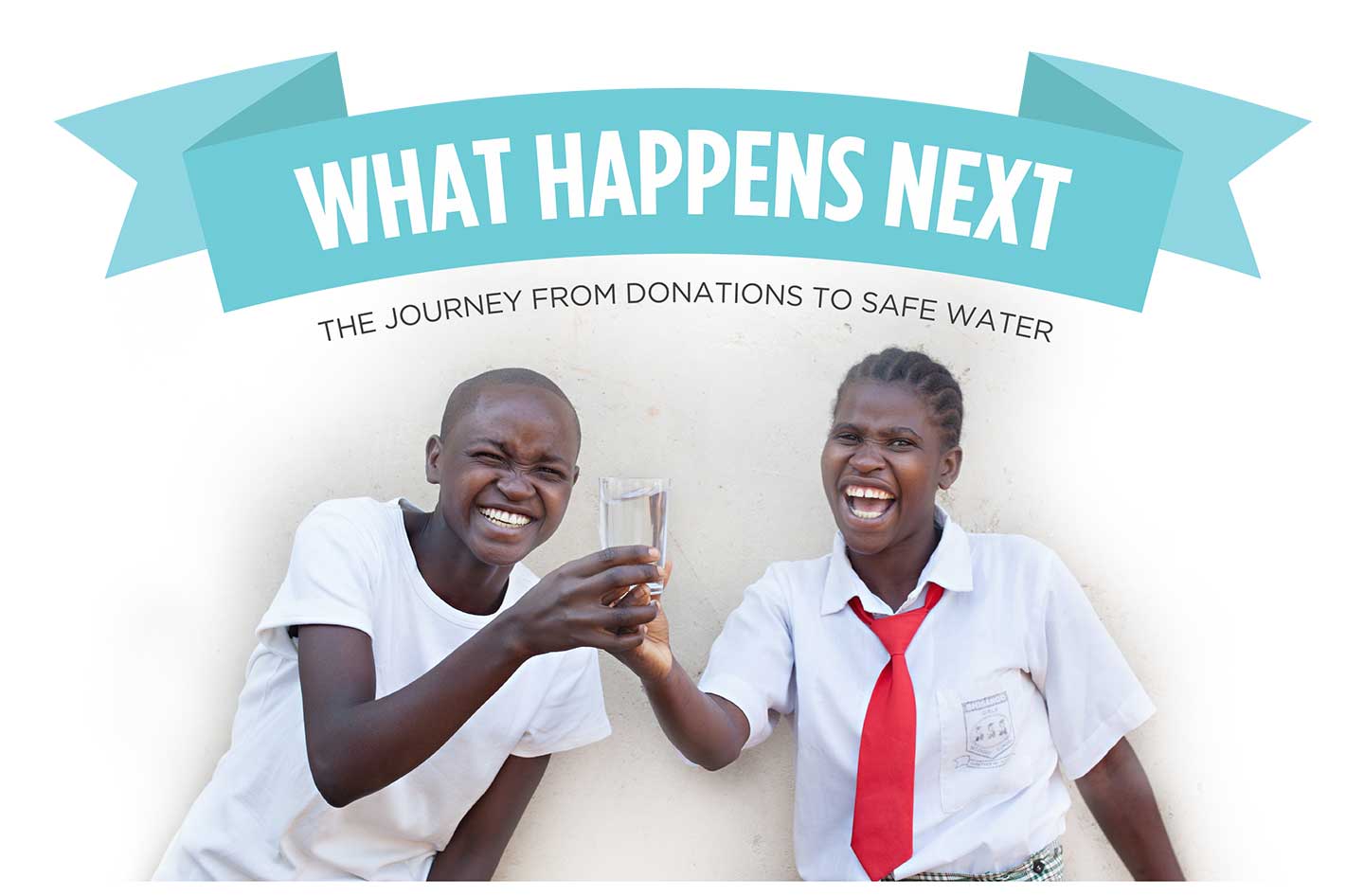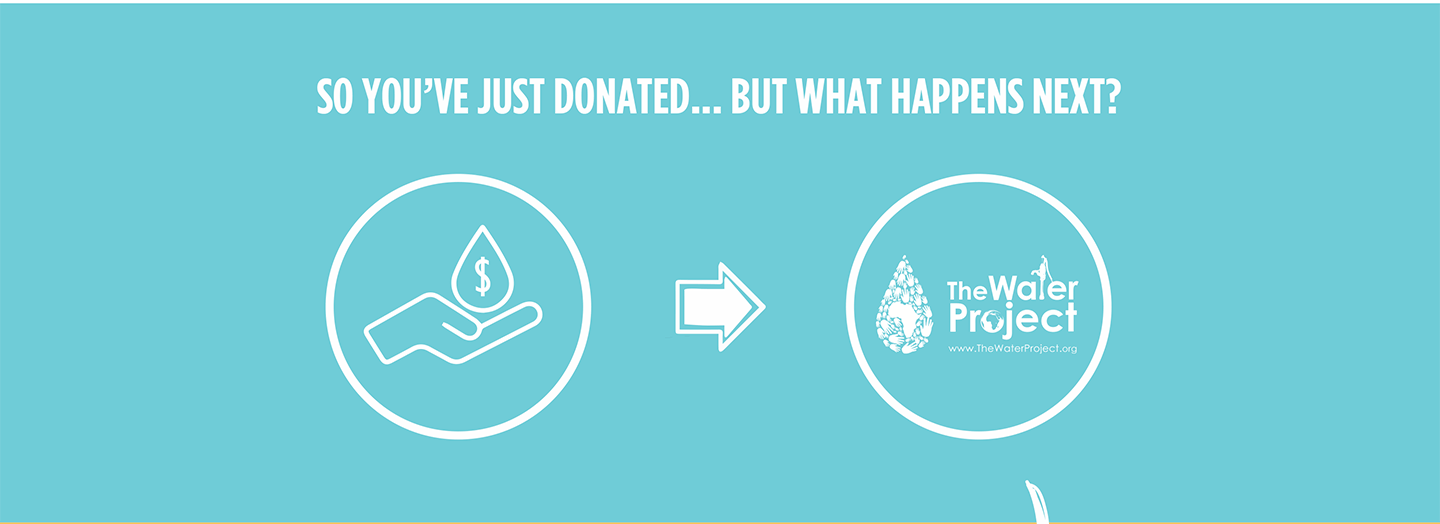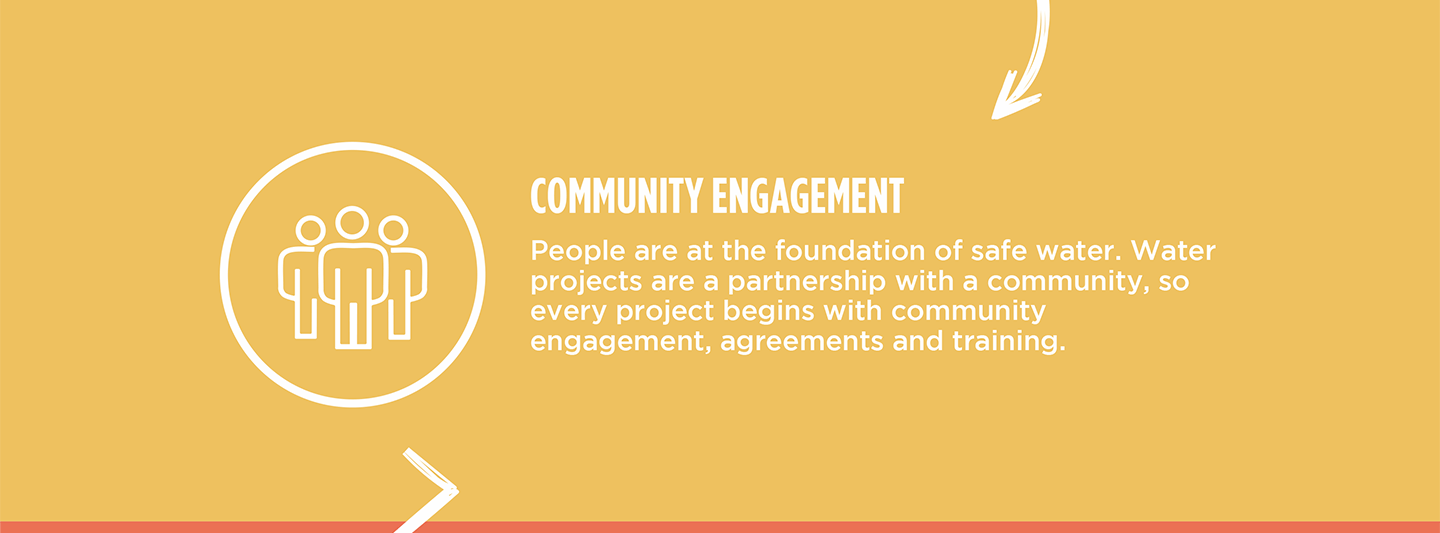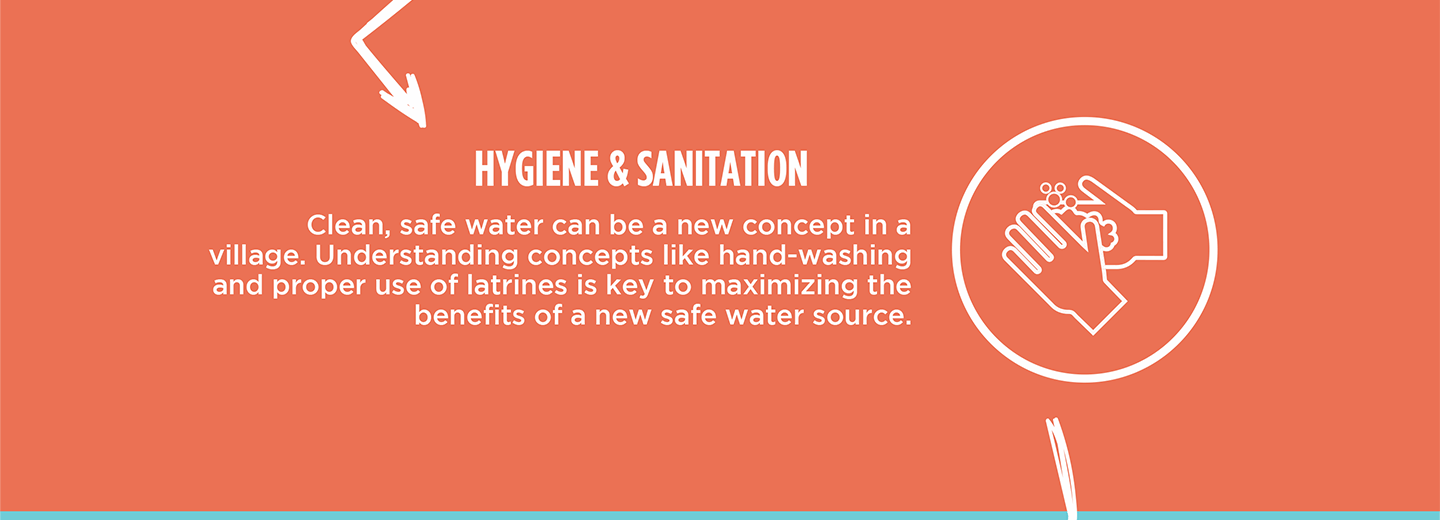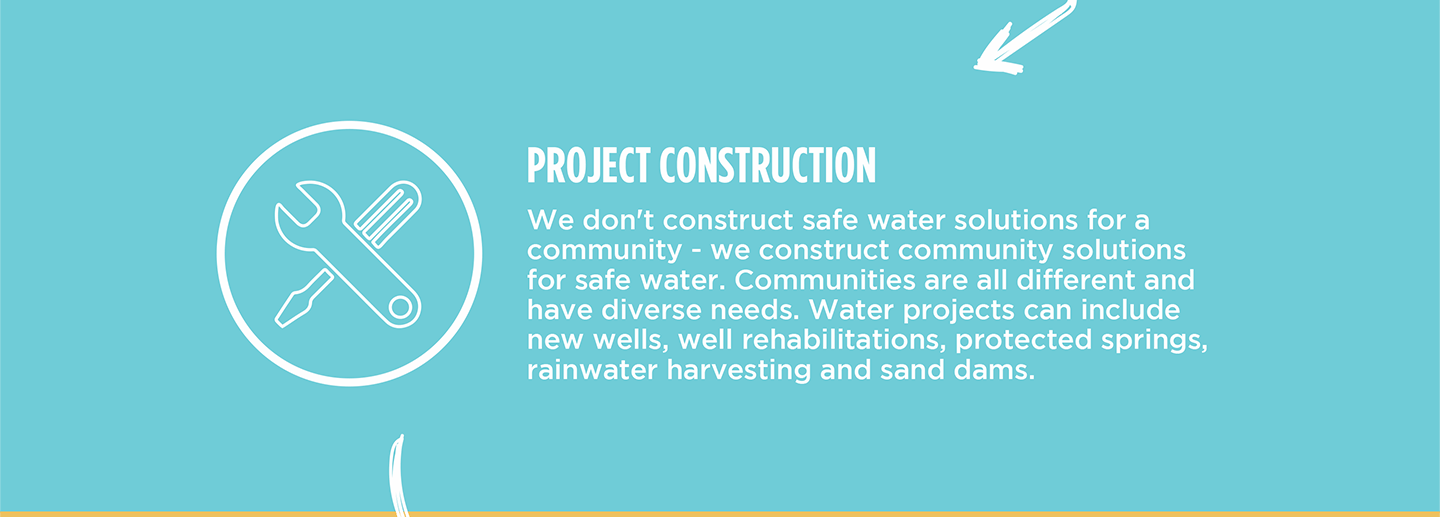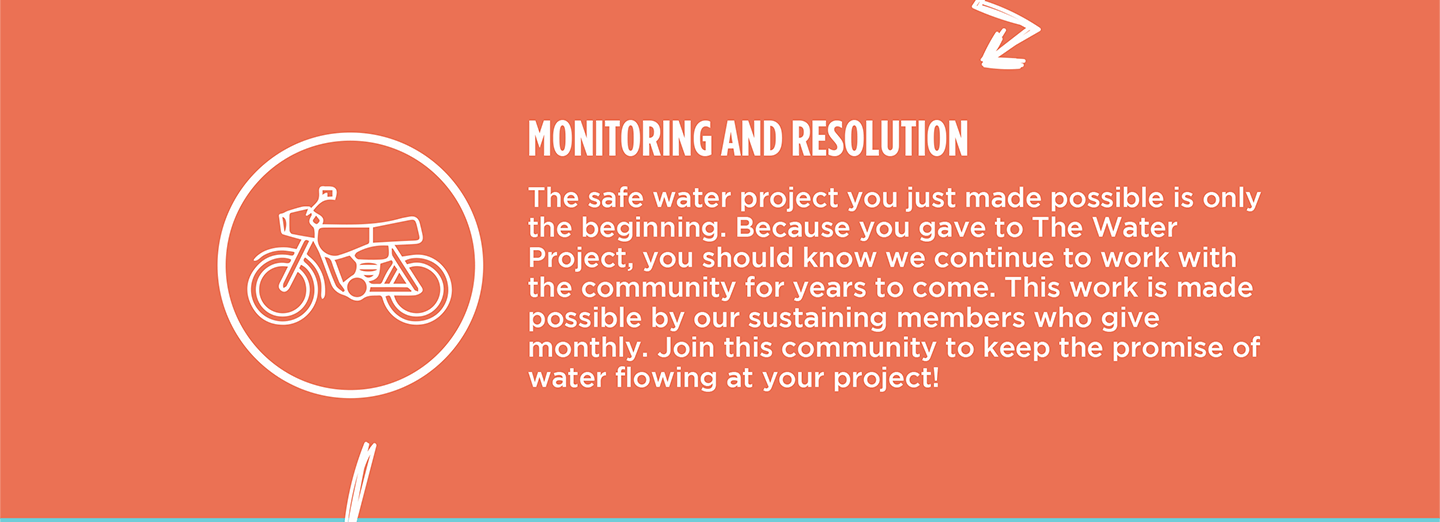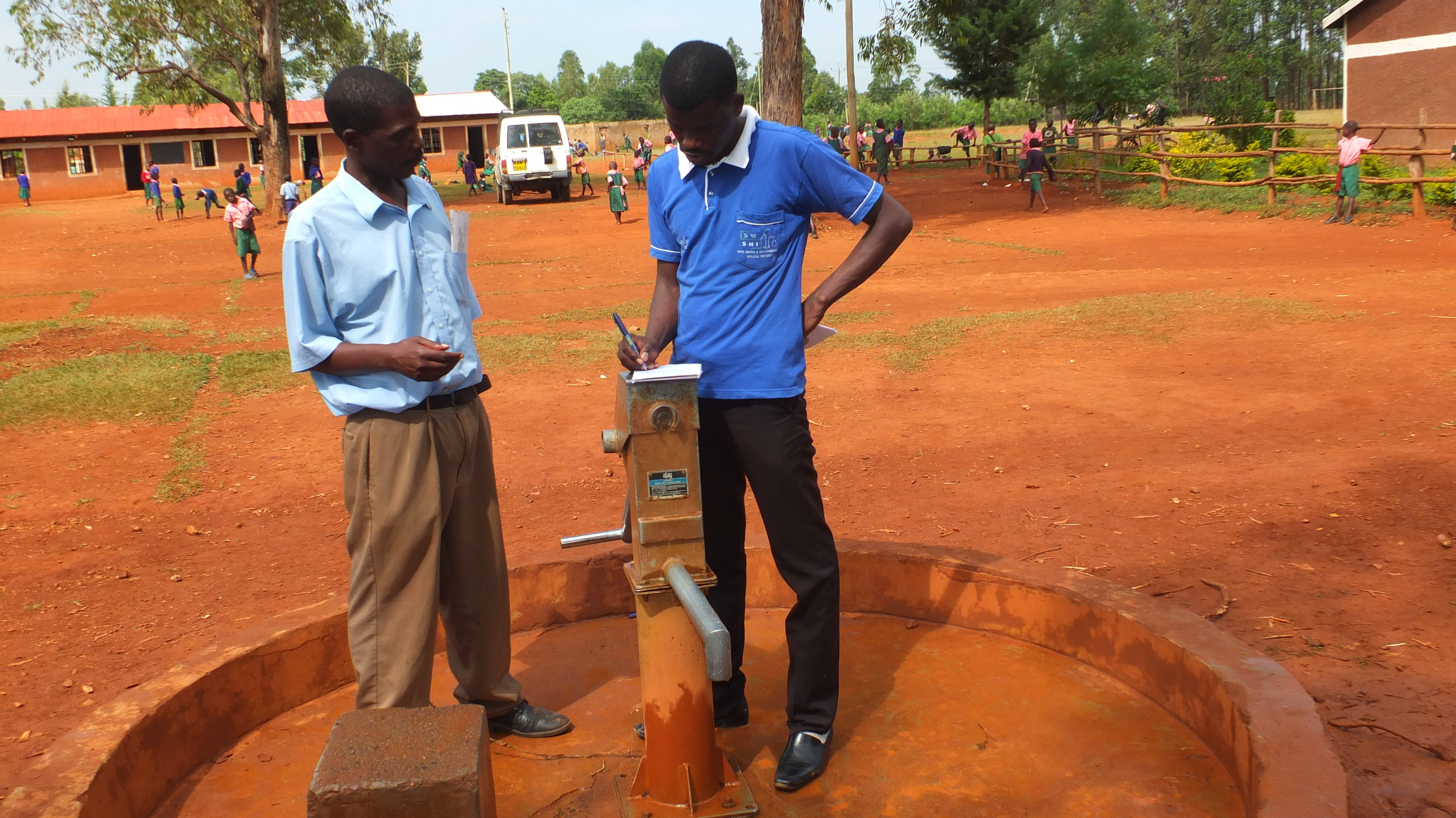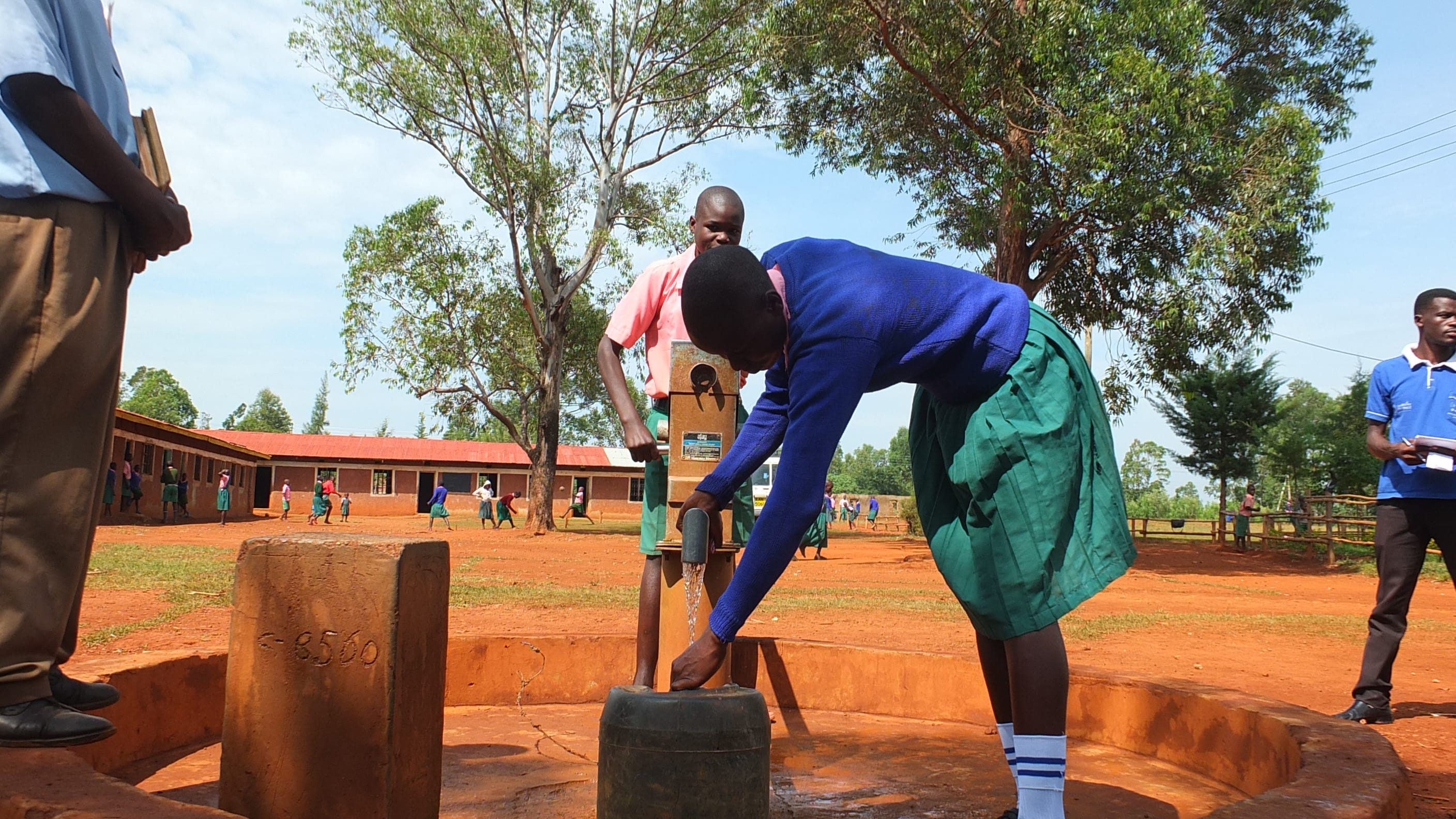This project is a part of our shared program with Safe Water and Sustainable Hygiene Initiative (SAWASHI). Our team is pleased to directly share the below report (edited for clarity, as needed).
Background Information
Chimoroni Primary School is located in the center of Chimoroni Community. The school was started with the aim of imparting knowledge to the community's children. The inhabitants of this community are peasant farmers who depend mostly on their crop production. Even with the products harvested from their small farms, this community still has a high level of poverty. Parents have no choice but to work even harder so as to make ends meet.
The total school population is 734. There are 310 male students, 410 female students, 11 teachers, and three supplementary staff. (Editor’s Note: While this many people may have access on any given day, realistically a single water source can only support a population of 350-500 people. This site would make a great location for a second project. To learn more, click here.)
The pupils in Chimoroni Primary School participate in co-curriculum activities such as athletics and music. Cleaning is done every morning with some of the pupils picking up rubbish around the school compound while others wash the latrines and fetch water for the cooking program. Sweeping of the classes is done every evening after lessons, but because of the water scarcity, mopping is done only on Fridays.
The Current Source
In 1984, Kenya Finland Company drilled a well for this school. The well served it for some time, but later the well pump wore out. With a lack of spare parts in the market, the school tried to repair the pump with locally-made materials that quickly break down. As of now, there is a temporary Nira pump on the borehole. This temporary pump is very difficult for students to use, and they waste a lot of time doing so.
The community now has access to this same borehole, which is open and unprotected. Students use small containers such as cups, bowls, and 5-liter jerrycans to gather water. These containers were observed to not be very clean, since students only rinse them with the same contaminated water from the well. The old well pad is the biggest source of contamination for this borehole, since cracks let in outside contaminates. A new well pad and pump are needed, and the students also need training on the proper behavior to follow when at a water source. Because of these circumstances, cases of illness such as typhoid and diarrhea have been reported. The deputy head teacher says, "If our water point will be rehabilitated and a new pump installed, it will improve our academics whereby pupils will not be wasting so much time at the well pumping water every morning and also will reduce diseases such as diarrhea and typhoid."
Sanitation Situation
There are 12 usable latrines within the school compound, which are cleaned three times a week. There is also one hand-washing station available for students to line up and use after latrines or before meals. The kitchen has a dish rack that is used, as seen in initial pictures. There is also a dumping site where the entire school disposes of their trash.
Two more hand-washing stations will be installed in the form of "tippy taps." Tippy taps are containers tied to a rope; when the rope is pulled, it tips the container to pour water.
Training Sessions
Teachers and students will be trained in hygiene and sanitation over the course of three days. The facilitator will use the CHAST (Children's Health and Sanitation Training) method to help students differentiate between good and bad practices, and will teach a session about water treatment and water storage. Not only will students and staff be educated on these important topics, but will together form a water user committee that will be responsible for the rehabilitated borehole and other sanitation facilities such as latrines and tippy taps.
During the initial survey of this site, the local assistant chief was fully engaged in ensuring that the whole community is sensitized and has full information in regards to the rehabilitation of this well. The assistant chief has also promised to ensure that SAWASHI has the necessary environment to complete this anticipated project.
Project Results: Training
Training was held at the school for three consecutive days. The first day was set aside of lower primary, the second for upper primary, and the third was for distribution of hand-washing stations and demonstrations. A section of pupils from each grade was selected to attend, and parents and local leadership were also present.
The CHAST (Children's Health and Sanitation Training) methods were used to teach different grades different topics:
For lower primary, they:
- Analyzed the problem: Learned how flies spread germs and how disease is spread in general
- Identified the problem: Memorized good and bad hygiene practices
- Practiced good behavior: Hand-washing exercises, toothbrushing, toilet use, and face-washing
For upper primary, they talked about:
- Clean is beautiful: Why do we wash hands? When? How?
- I drink safe water: Different types of water sources, differentiating between safe and unsafe water, water treatment
- Going to the latrine: How? Health risks of open defication, latrine maintenance
- My school is beautiful: Keeping a clean environment, anti-litter campaigns, roles of the school health club
- Germ-free food: Covering food and proper preparation
- How to prevent diarrhea: Fecal-oral disease transmission routes, symptoms of diarrhea, blocking transmission
The facilitator made sure students actively participated with each other in small and large groups. Presentations were also made with the help of a projector, and participants also enjoyed on-site training as they and their teachers walked the school campus, talking about what they saw.
Three days of hygiene and sanitation training are a great kickstart to improving students' school and home environments. And now that there is sufficient safe water within reach, the school and greater community will have more time and resources to address other issues: Most students go to school barefoot because they are from very poor families, and are at great risk of contracting more diseases from using dirty latrines with no shoes! [Editor's Note: We hope to see this change in the near future. Ongoing conversations with our partner in Kenya will reveal how the improvements we have made, both in water and sanitation, unlock even greater things!]
Hand-Washing Stations
These were delivered on the third day of training, and can be seen in the latest picture update. Students were trained on how to use and maintain these properly on that same day.
Well Rehabilitation
Construction for this well began on March 8th. The construction team took an entire day to remove the old well pad. If you like demolition work, this is exactly what they were doing! The cement was old and cracked, and thus had to be fully removed before the pad could be built again. The following two days, the team reconstructed the well pad with new materials: a composite of concrete, sand, and cement. The well pad was left to cure for three days before the Afridev pump was installed.
The school kept involved in this process, making sure the work team always had food! With everybody's effort, there were no challenges and delays to construction.
"It has been taking us long to access water from this well. With the help of the new pump installed, pupils will save their time for studies," said Mr. David Adongo, a senior teacher at Chimoroni Primary School. The water user committee together with the local leadership have promised to take on full management of the rehabilitated well so that it can serve more generations to come.
A million thanks for bring safe water to the Chimoroni Primary School's campus!
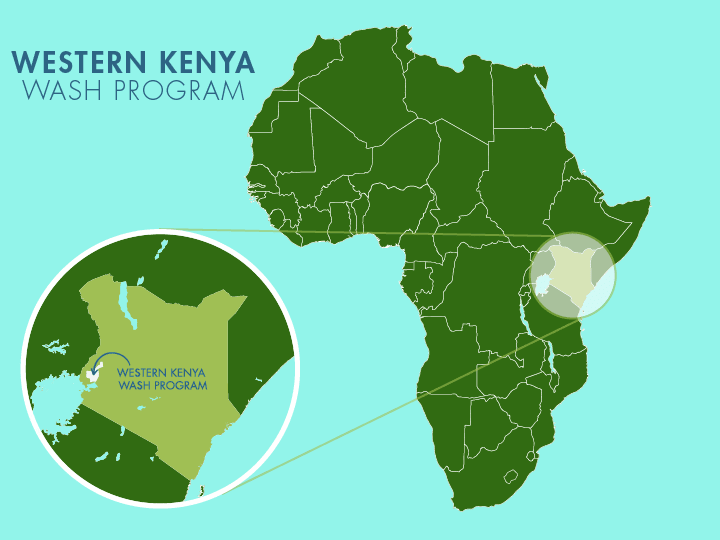
 Borehole Well and Hand Pump
Borehole Well and Hand Pump


